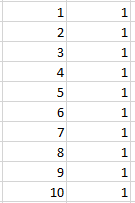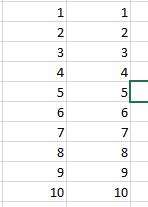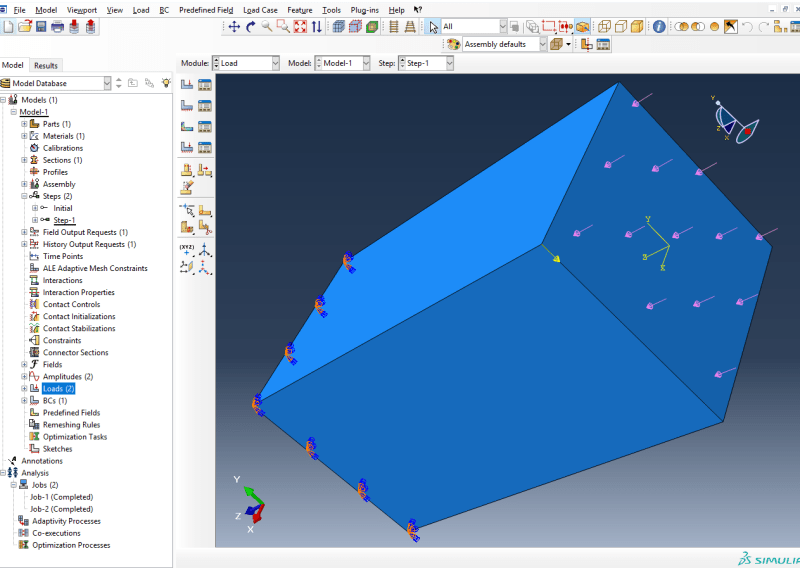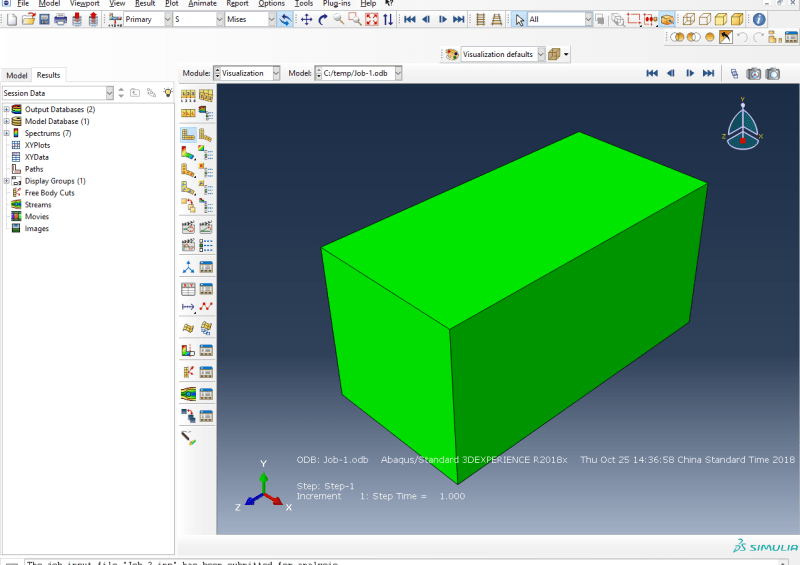Not sure, why you want to do this (academic work perhaps), because a relevant concrete code (say EC2) will very often tell you what the moment capacity is for a column with or without axial forces.
Anyway in order to simulate such a complex phenomenon, depending on the level of accuracy and complexity needed one can do:
The most complex level would be to model the concrete with brick 3D elements using the concrete damage material models of abaqus for modelling concrete cracking and crushing.
Truss elements would then represent the discrete reinforcement, using a nonlinear elasto plastic model. Of course one could then look at their interaction, which in the simplest case when they share nodes, models when they are perfectly connected.
This video shows how all this could be done
Link
As for the loads one can define several loads (e.g., axial) and moments (+ or restraints) and increase or keep them constant as needed. As you are looking into failure, one might need to use the arc length method (called Riks in abaqus) to capture any softening of the structure (other sub stepping techniques such a load scaling cannot cope with a negative tangent stiffness).
You can then plot a load vs deflection (load-deflection) curve to see how it behaves.
This is a summary, and it might sound easy, but it is fairly complex, so to do this it depends what you want to achieve.
(If for design purposes then using the codes, or dedicated concrete design software might be way more efficient)
Of course, since this is fairly complex it is even more important to verify and validate the results (perhaps even with physical testing).




